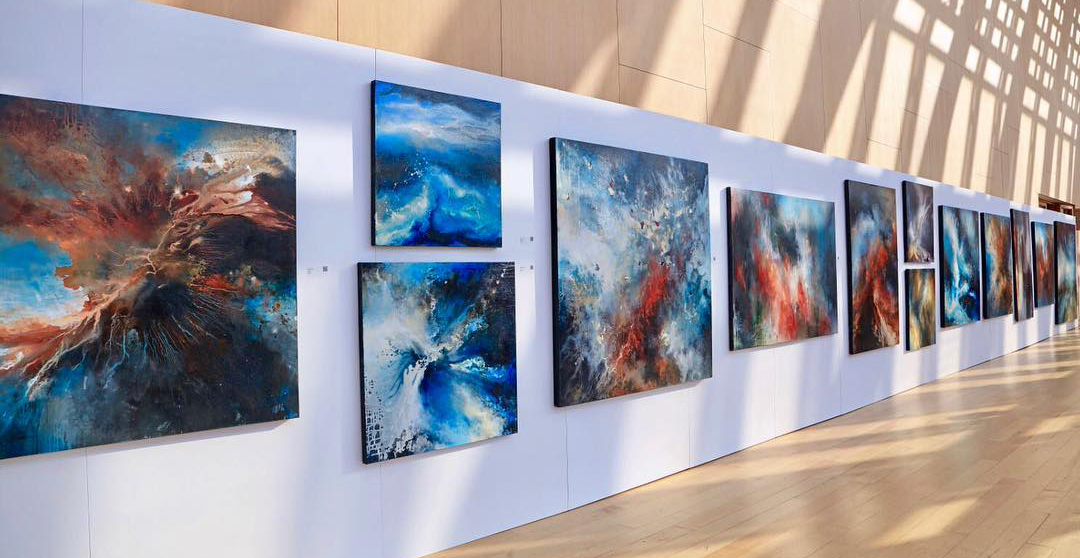Statement:
Historical
urban decay
"I continually reflect on the inherent beauty of natural phenomena as well as their potentially destructive powers, and how the two seem to coexist in varying degrees of chaos."
Bockrath describes these works as “historical urban decay” and “a stream of consciousness”, suggesting to their raw physicality and directness with relation to environmental change, impact of humanity and regeneration after natural disaster. Several pieces from the panel series have been subjected to multiple processes of adding and removing layers of paint to reveal its corporeality: regeneration, regrowth and release to something new. Her paintings are lyrical assemblages of motifs, shifted and re-shaped into abstract gestures. Through reduction and repetition Bockrath imbues these abstracts with fragility and sensuality.
The paintings also reference personal memories to the ‘rust belt nation’ in Cleveland, Ohio where Bockrath grew up, in compositions characterized by deep perspectives, surreal cityscapes and soft, ethereal tones. Her panel works subtly explore and reference classical painting; JMW Turner’s The Burning of the Houses of Lords and Commons of particular influence. There is articulation of temporality, light and space, fading and dispersing; encouraging the viewer to examine further. These physically scaled abstracts reveal both a relation to humanity and growth as individuals as well as ecological rebirth after geological natural disaster.

